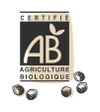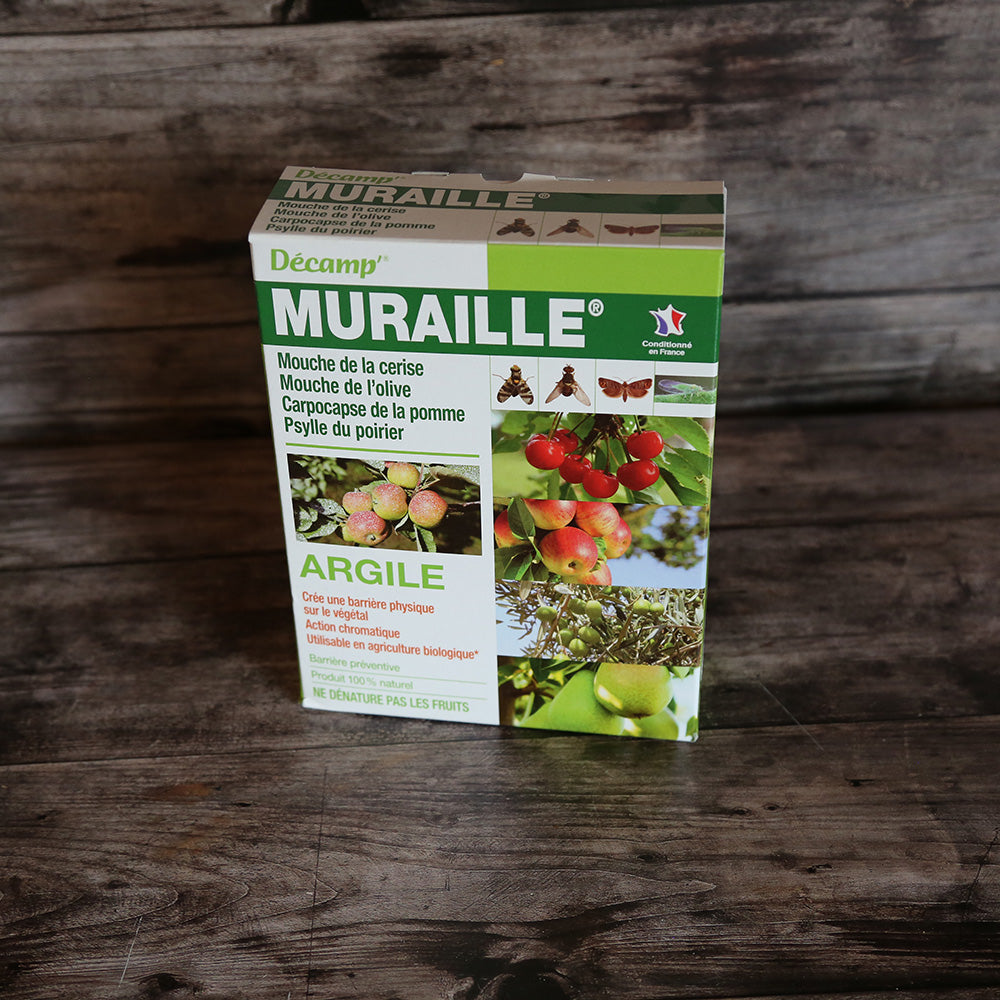CLAY AGAINST CODDLING MOTH, PSYLL, CHERRY FLY, OLIVE
White clay is a natural product that creates a physical barrier on the plant against the codling moth, the cherry fruit fly, the olive fruit fly and the pear psyllid. White clay (kaolin) is a sedimentary rock resulting from the weathering of granite rock. Applied preventively, it forms a mineral physical barrier that will hinder egg-laying and food intake. It is effective against attacks by many pests such as the cherry fruit fly, the olive fruit fly, the pear psyllid but also aphids and various butterflies including the codling moth. Its particular structure and its presentation in the form of a white powder make it completely miscible in water. Once diluted, it is used as a spray on plants, especially fruit trees. On the plant, the thin film of clay contributes to the quality of the fruit, in particular by playing an anti-UV role. Natural product usable in organic farming. The pest is disoriented with white clay With the application of clay, the plant takes on a white color and its texture is modified, becoming less conducive to laying eggs. The insect or pest has difficulty identifying the plant. This modification of the environment in which it evolves disorients it and causes various disorders on: - the possibilities of laying eggs - nutrition - movements All of these effects greatly reduce the attractiveness and palatability of the pest for the plant. Instructions for use of white clay White clay is used as a preventive application. The number of applications varies depending on the pressure of the pests and the climatic conditions (in particular in the event of leaching by rain). The first application is made as soon as the first parasites (flies or butterflies) arrive, which are determined by setting up a pheromone trap. Dosages: 50 g of clay for 1 L of water before the formation of the fruits and after harvesting. 30 g of clay for 1 L of water as soon as the fruit appears. Fight against the cherry fly 1 to 2 treatments as needed. 1st treatment as soon as the cherries turn colour, then repeat 1 week later. Fight against the codling moth or the olive fly 4 to 6 treatments as needed. 1st treatment as soon as the first insects appear, then repeat at 3-week intervals. Fight against the pear psyllid, aphids In spring: Treat once when the leaves appear, once before flowering and once after flowering. In autumn: Do 2 treatments at 2-week intervals before the leaves fall.









